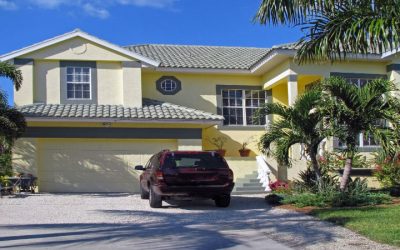With close to 11,000 residents per square mile, Santa Monica is a densely populated urban area. By the late 1970’s, the downtown had become somewhat run down and pollution had become an issue.
Today, Santa Monica carries the distinction of ‘one of the greenest cities in the United States’. How did they do it? In the 1980’s, the city council became very active. They set out to not only revitalize the downtown area, but to create a sustainable city plan.
Becoming A Sustainable City
The Office of Sustainability and the Environment creates and implements policies that support sustainable practices within all area of city government. Because of their efforts, three-quarters of the city’s vehicles run on alternative fuels and all public buildings use renewable energy.
The city’s Architectural Review Board is charged with preserving existing areas of natural beauty and cultural importance, and ensuring that development is harmonious with the surrounding areas. Many historic landmarks have been preserved. At the same time, modern architecture has made its mark and brought the city into the twenty-first century. This ‘form follows function’ design mentality demands simplicity in form, the use of natural and ‘green’ building products, and a blending of the architecture with its natural surroundings.
Other Programs in Santa Monica
Throughout the city, mixed-use projects form ‘Urban Villages’. A mixed-use project blends residential spaces with commercial spaces like restaurants, professional offices, and retail; cultural spaces like museums and performing arts centers, institutional, and industrial spaces. An example would be a condominium high rise that had a restaurant and office spaces as well as residential units. Many condominiums for sale in Santa Monica follow these design principles.
In 1997, the city of Santa Monica adopted an ‘Open Space Element’. The ‘Open Space Element’ is an initiative that established long-range goals for improvements and additions to the city’s parks, beaches, gardens, tree-lined streets and gathering spaces. These spaces are considered, not as separate spaces, but as elements of a unified urban forest. Together, they provide a proper balance in supporting the recreational, social, cultural, and environmental needs of the city. Today, close to ninety percent of Santa Monica residents live within a half-mile of a city park.
The city also provides an extensive curbside recycling service, hazardous materials collection, and extensive consumer education through free published materials and classes.
California has always been a leader in supporting healthy lifestyles. Santa Monica’s efforts to follow sustainability and green building practices, to educate its citizens and provide services that support sustainability, and to keep their city green and free of pollution is a shining example of this leadership.



